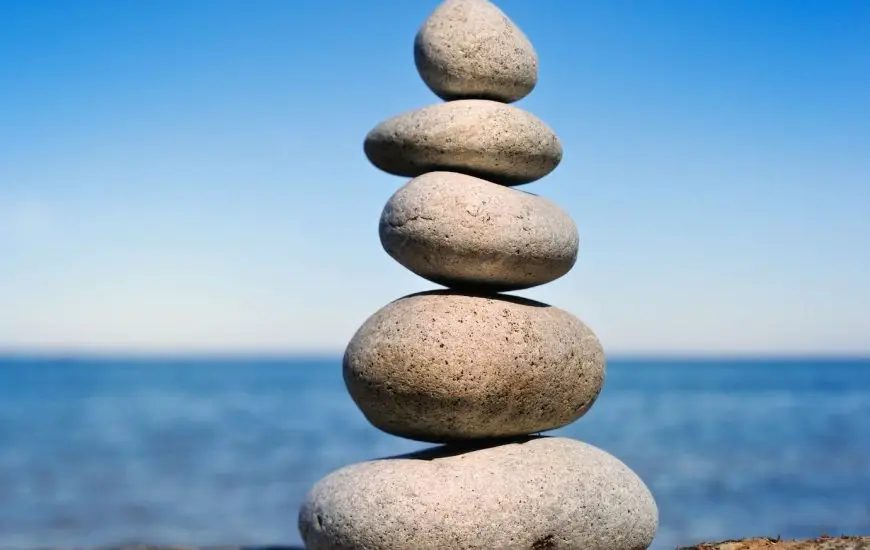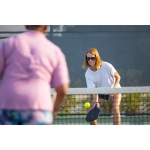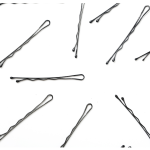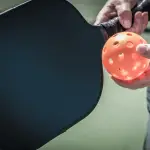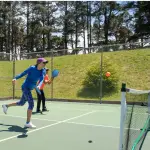Stacking is an advanced doubles strategy you don’t see often in recreational Pickleball play; however, almost every professional player does it and even lower-level tournament players can benefit from the strategy. Most players have a favorite side of the court they like to play on to take advantage of their stronger side whether it is forehand or backhand. As an example, a player who favors their forehand and is right-handed prefers to play on the left side of the court so they can take the forehand balls coming down the middle. So, stacking allows players to take advantage of their strengths and hide their weaknesses.
So, the question is how does stacking work? Normally, players stay on the same side they serve on. So, if you are serving from the right side, you stay on the right side during the rally while your partner stays on the left. With stacking, however, both you and your partner start on the right side. Then after serving the ball, the server moves left and plays on that side of the court while their partner stays on the right. Stacking can also be used on the serve return. However, it requires one player to do a lot more running to get to the far side of the court. The same idea holds true in that both players start on the same side of the court with the non-returner needing to move to the other side of the court after the return.
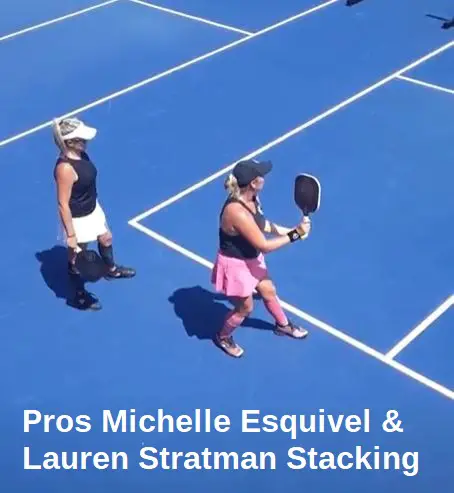
When playing mixed doubles, professional teams almost always have the male player cover the left side of the court if both players are right-handed. Professional player Meg Charity, however, likes to play on the left side so she and her partner reverse stack. Meg commented on the strategy she and her mixed doubles partner use, “I really love this position because it puts me in front of the female player. So, I found myself in a vulnerable position when I was across from the male players because they were able to speed up that ball down the line which caught me out of position. And the guy hits that ball so hard. I was unable to really defend that shot. So, when you get the resistance, I was in front of the girl player. And when she attacks the ball down the line, I was ready because one, it was my backhand, which is the strongest shot, and two, just because it’s the girl and I’m used to seeing the speed from the female player.”
When playing women’s doubles, Meg still prefers to play the left-hand side of the court; however, she has been working on playing the right-hand side also, so Meg and her partner can mix things up, if necessary. Still, whether Meg is on the right or left, she and her doubles partner are either stacking or reverse stacking. Another team which stacks and trades sides during a game are the mother-daughter team of Leigh and 14-year-old Anna Leigh Waters. In watching the semi-finals of the APP Tour’s Delray Beach tournament, the Waters used this strategy effectively when they needed a change of pace against Simone Jardim and Catherine Parenteau.
Meg elaborated on the idea of stacking and switching from the normal side of the court you play. She said, “I think it’s a fun skill to learn. So, it gives you the most tools in the toolbox and it just gives you a lot of options. Honestly, when things are going wrong or when you’re falling behind or you want to shake things up. I think it’s a great skill to have. So, I think you can stack it at any level, honestly, even just to practice it and see sort of what that does for your game.”

